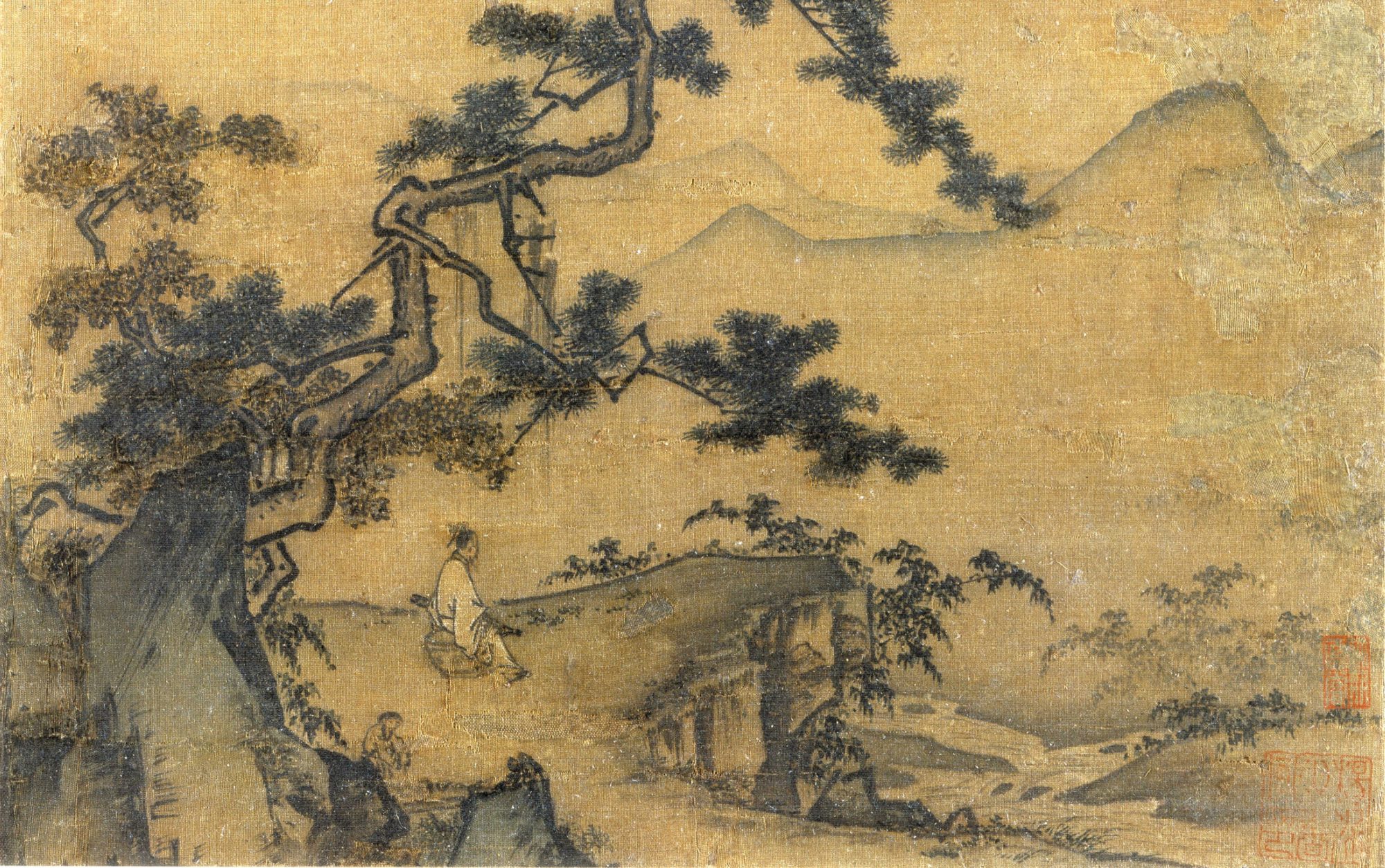Visual Resources Update April 2022


VR took part in the annual Visual Resources Association conference, attending talks on accessibility support in digital collections, digital visualization tools in the humanities, and the very analog role visual resource centers are playing in providing object collections in support of art history courses.
Interesting resources and projects:
The Getty Museum has launched a major update to its collection pages: which includes new features such as a CCO API. What is that? It is a way to directly query the full collection programmatically. Thankfully, they have also offered three tutorials to explain how to use the API, what Linked Art is all about, and how to build your own visual analysis of linked cultural heritage records.
As the exhibition lays out in its introductory paragraph: “Archives are no temples of memory where documents of the past are simply preserved. They are rather places where documents are produced, transformed, and reconfigured to be passed on to future generations, as well as to find new uses for them.” Explore a fundamental art historical collection through this fascinating exhibit.

Open Copyright Education Advisory Network (OCEAN) is a new initiative to address cultural heritage professionals’ need for up-to-date, reliable copyright education.
A new article examining archaeological archives is especially pertinent to those working on the Antioch excavation archive. In it, Chloë Ward writes: “Looking at the different contexts of an excavation archive, from before its creation to its ongoing curation and use, can reveal significant aspects not just of the history of archaeology but also on many of the ongoing recording methods and processes still used in the field today.”

